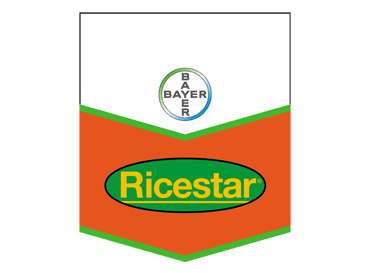

Features:
PRODUCT GROUP
EFFECTIVE SUBSTANCE
FORMULATION
PACKING TYPES
PLANTS AND FOREIGN HERBS TO BE USED
| Plant Name | Weed Name | Usage Dose and Period |
|---|---|---|
|
Paddy |
Dam grass (Diplachne fusca) |
80 ml / da: in the 4-6 leaf period of weeds and paddy |
PREPARATION AND USE OF THE DRUG
Before the drug is prepared for application, the amount of water that will go to a decare must be found by calibration. Generally, the recommended amount of water per decare is 20-40 liters. The required amount of medicine is mixed with a little water in a container and poured into the tank of the sprayer. Add the necessary amount of water and mix. The prepared mixture is discharged with a back sprayer or a sprayer mounted on the tractor. It is important that the field is leveled in order to get good results from the application. The water in the pans should be drained the day before spraying. Water should be given to pans again within 1-3 days after application. The water should be given to the pans not slow, but quickly.
RESISTANCE MANAGEMENT
The plant protection product named Ricestar is a herbicide classified as Group A1 according to its mechanism of action. Repetitive applications of plant protection products with the same mechanism of action encourage resistance development. For this reason, in order to delay the development of resistance, do not exceed the total number of applications recommended by Ricestar during the same production season. In cases where the application should be repeated, take care to use plant protection products with a different mechanism of action (other than Group A 1).
The use of the same herbicide or herbicides with the same effect in the same place for many years in a row may increase the proliferation and resistance of the naturally occurring individuals. After all, with the recommended doses of these herbicides, sufficient effect cannot be achieved against weeds. The alternating use of herbicides from different groups and with different modes of action delays or prevents the development of cultural measures and alternating weed resistance.
MIXTURE STATUS
In case of need for a mixture, consult the company.
ANTIDOTE AND NECESSARY INFORMATION:
It has no specific antidote. Symptomatic therapy is applied.
Sosyal Ağ